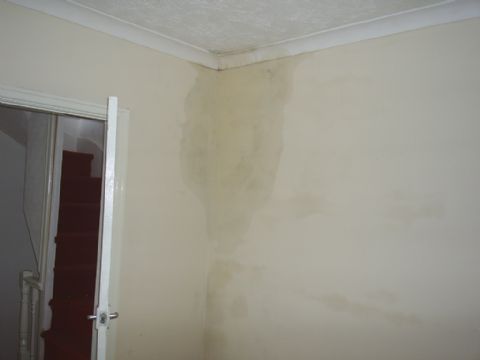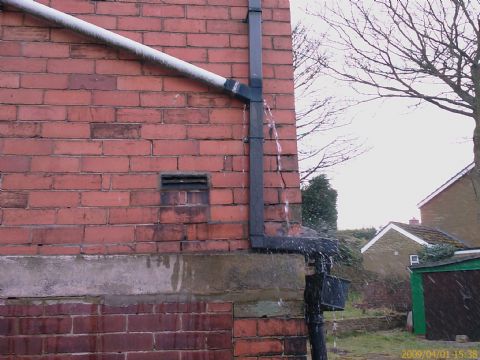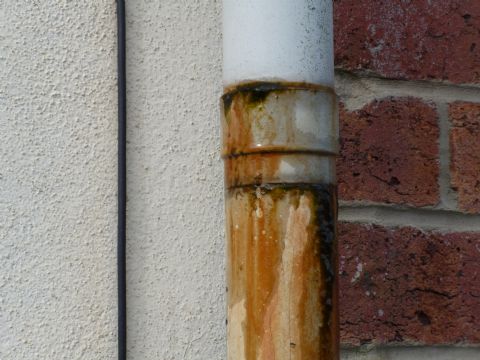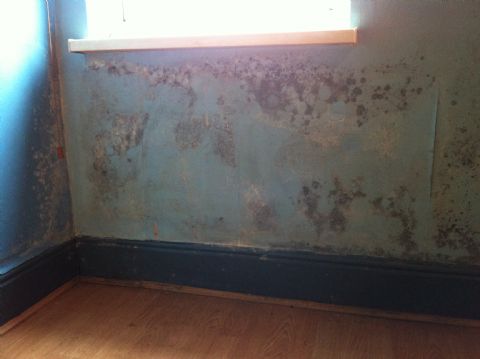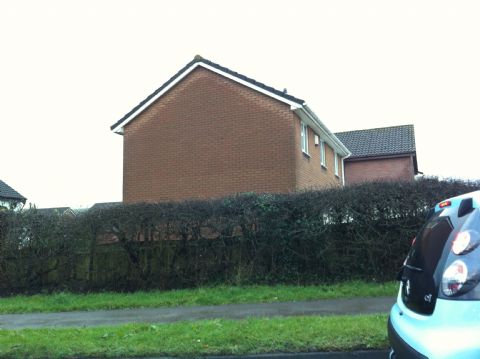What is penetrating dampness?
Penetrating dampness is defined as the entry of water into a property. This includes leaking roofs, defective guttering, entry of water through defective windows, poor pointing, spalled brickwork and down chimneys. It can include leaks from plumbing or drainage systems, either inside or outside a building, entry of water through earth retaining walls or into cellars below ground level.
In all cases the solution to penetrating dampness is to eliminate the moisture at the source and allow the area to dry out – easily done in some cases, but impossible in others without going to extremes of cost. For example, a leaking gutter can be easily repaired, but the penetration of water from a high external ground level into a cellar is more difficult to deal with.
Penetrating dampness causes several main problems :-
How to fix it?
The first thing you will need to do is look at the area and think if there is anything obvious in the locality that could explain the problem.
As a guide the following specialists will normally provide assistance in findings the problem and undertaking any repairs/remedial works needed to eliminate penetrating dampness:-
Problem Area |
Specialist |
| Roof, guttering, roof gullies, down-piping, chimneys | Roofer |
| Pipes and internal drainage | Plumber |
| Brickwork, pointing, external drainage, windows, path and ground level reduction | Builder |
| Plaster, other wall linings | Plasterer / Damp-proofer |
| Basement/cellar water-proofing | Damp-proofer |
Having eliminated penetrating dampness and allowed a period of drying out, repairs to timbers and plaster should be undertaken. This may include timber replacement or in-situ timber treatments. Only suitable renovating plaster should be used for replastering as conventional plasters are not formulated to deal with residual moisture or salt contamination (for example dark staining salts in chimney breasts). Areas that have become very damp and those subject to heavy salt contamination (chimney breasts) may require dry-lining (application of plasterboard over a damp-proof membrane) or tanking / structural waterproofing.
Left in this condition for long enough, this leaking soil pipe will not only cause a hygiene problem, but also lead to internal penetrating damp. Problems like this should be sorted out as soon as they are noticed.
To notice them, you have to wander around your house and LOOK. Sounds obvious; but inspect everything – up, down, left, right and centre. The best time to do this is just after rain, and for guttering problems during rain.
Getting the things outside the house right, and this includes the roof covering, will ensure the house stays weatherproof.
It’s rare to find all three types of damp located in one area – but this is probably it.
The overhead guttering outside was leaking badly. The 9 inch solid wall was so poorly pointed water could easily get through the wall.
The wall had no damp proof course and external ground levels were too high.
Internal growth of black spot mould is an indication of the occurrence of condensation.
The trouble is you need to eliminate all of them – one by one to solve the damp problem inside.
The significance of long periods of rain and its effects on properties is seen in the photo.
The “shadow” of the wet bricks below the over-hanging roof in this photo can be seen clearly, with all the brickwork in the dark areas being saturated with water.
The wall will be drying out – losing water by evaporation – and this is an energy consuming process, the energy for which comes from the wall. The result is that the wall temperature falls significantly and will, therefore, form a heat sink for the heat inside the house. This makes cavity wall insulation very important on this wall, but there can only be about 50 mm of it in the cavity so that the insulation value is small.
It would have been better for the wall to never get wet in the first place, and this can be achieved by breathable silicone or acrylic masonry water repellents applied directly to the brick surface.


